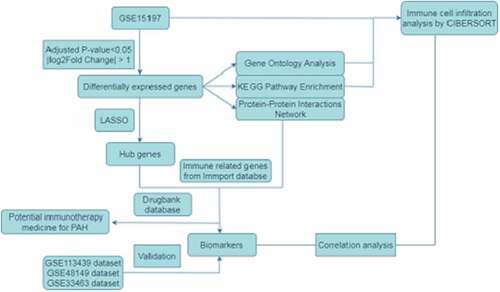Figures & data
Table 1. Information of microarray dataset from GEO database
Figure 1. DEGs and biofunctional analysis
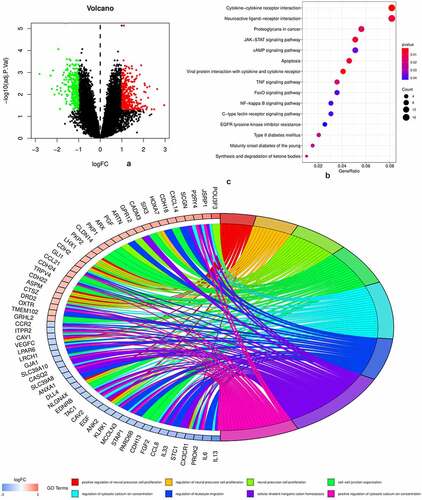
Figure 2. The PPI network of DEGs and the top 20 genes with most adjacent nodes
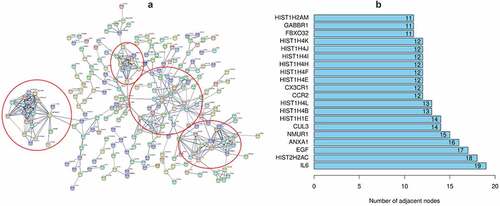
Figure 3. Immune cell infiltration in PAH and control samples
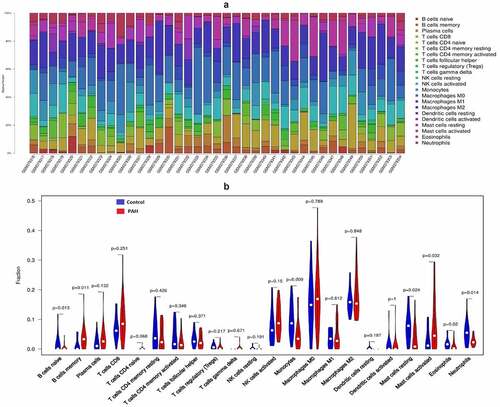
Table 2. The potential medicine of immune related genes predicted in drugBank
Figure 5. Identification and validation the biomarkers of PAH
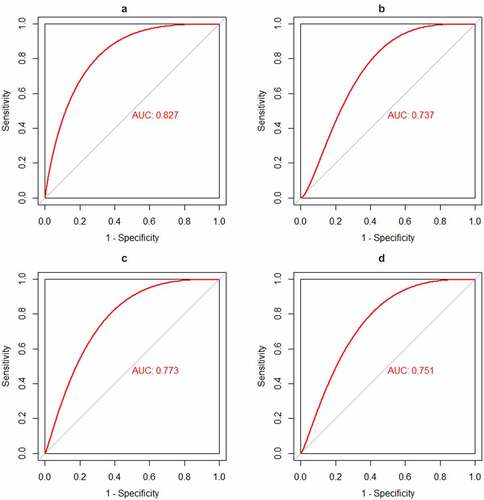
Figure 6. Correlation analysis between CX3CR1 with 22 immune cells
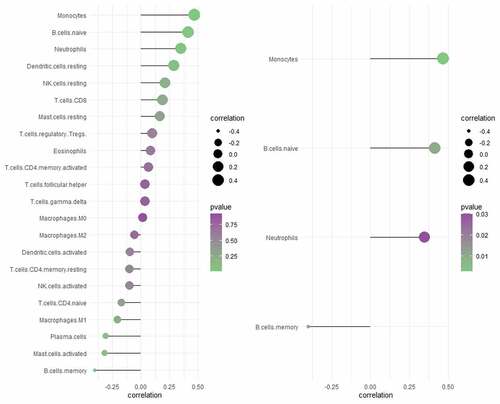
Supplemental Material
Download ()Availability of data and materials
The datasets used and/or analyzed during the current study are available from the Gene Expression Omnibus (GEO) database.

